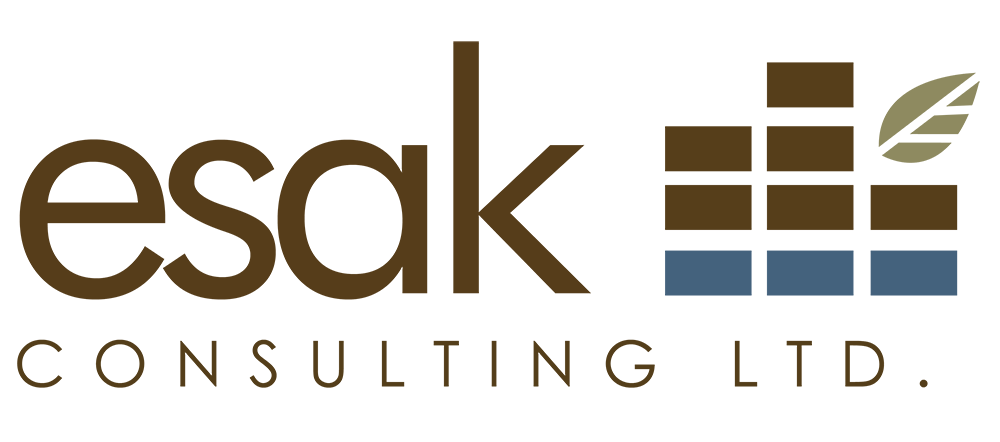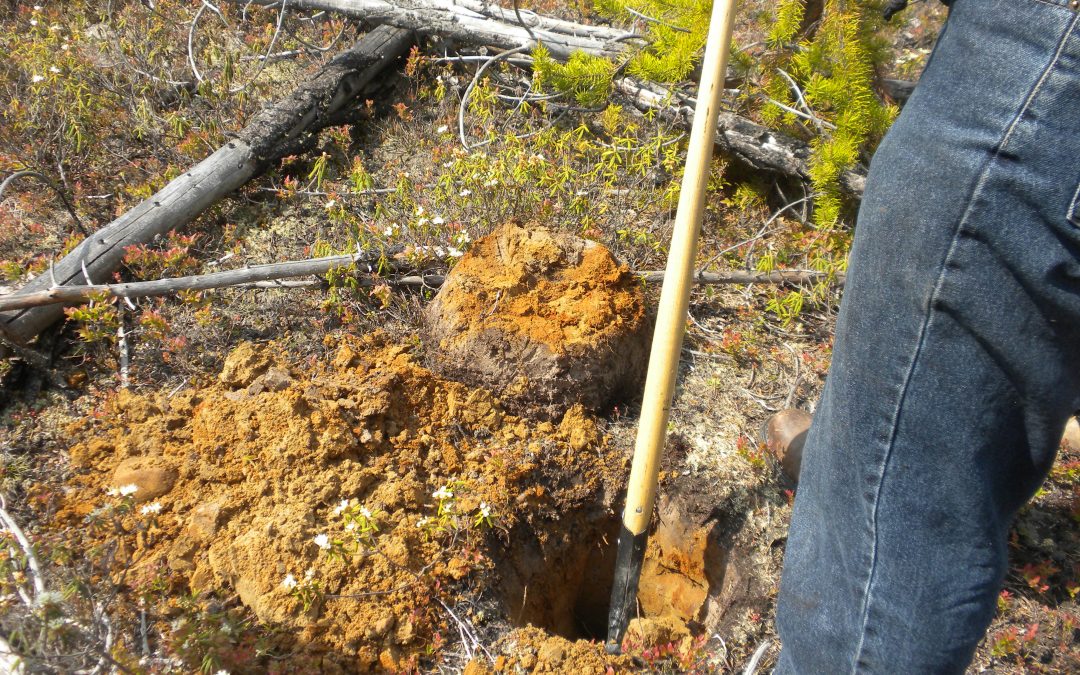Are we the drivers or the passengers of our own destinies?
We are fortunate in Alberta to have a vibrant and engaged soils community. That community, however, is led by passionate, driven members, leaders, experts and future scientists that offer tremendous value.
Despite the disappearance of the Soil Sciences department at the University of Alberta, many students are continuing with graduate studies in classes related to their environmental or agronomy programs. We’re seeing a clear indication that the next generation of soil scientists are hungry to learn.
Roughly a decade ago, a few dedicated soil scientists including myself were attending the Soils Community Christmas Party, of which I became co-chair; this event is organized by an ad-hoc group of soil scientists and pedologists annually in December in Edmonton to share holiday cheer and catch up with each other’s lives. After discussing the need to keep sharing our knowledge of soils to everyone in Alberta, we decided to form the Alberta Soils Network (ASN) within the Alberta Institute of Agrologists as a means of more effectively sharing our knowledge and expertise with those who may need it.
We began by hosting a series of Lunch ‘n’ Learn events with webinar options that focused on soil-related topics within Western Canada. The goals of the Alberta Soils Network and the ad-hoc soils community in Alberta were simple: create better academic programs and courses at various institutions, increase enrolment of these programs, and improve the employment opportunities available for soil science graduates. To date, we’ve been incredibly successful and are still going strong for more than 10 years.
On May 16, 2019, ASN will host both a seminar and a webinar on “The Knowledge Gap: Soil Professionals’ Views on Important Skills and Knowledge Needed by New Graduates”. You can register for the event here.
Topics typically covered during past ASN Lunch ‘n’ Learn events and webinars have included:
- Management Practices for Increasing Organic C&N Storage in Soil for Cropping Systems in the Canadian Prairies
- Natural and Anthropogenic Inputs of Arsenic and Selenium to the Environment in Alberta
- Understanding the Plant-Soil Interactions in Novel Ecosystems: What to Measure?
- ASN, CLRA, CREW Spring Social: Cultivating a Culture of Innovation
- Maximizing the Ecological Benefits of Different Reclamation Soils
- Stockpiling Effects of Boreal Forest Topsoil
- Predictive Soil Mapping
- What the Heck is Soil Fertility?
In addition to these events, the Alberta Soil Science Workshop has a subcommittee that hosts a biannual Alberta Soils Tour. This is a fantastic event to learn more about soils and their formations in a regional area such as Alberta as well as share your knowledge and experiences with others interested in the environmental and soil sciences. The next Alberta Soils Tour is planned for Central Alberta Region on May 30-31, 2019 and you can register with Eventbrite.
Many institutions in Alberta also offer agricultural, agronomy, and environmental courses with nominal components of soil science within their programs. (Although too numerous to mention here, a partial list of these institutions can be found below.) The Alberta Institute of Agrologists, our professional regulatory association, holds a number of industry-related events, courses, seminars, and webinars throughout the year, such as the Alberta Soil Science Workshop. Institutions such as the University of Alberta Faculty of Extension have also begun to offer credit for soil courses for working professionals that wish to supplement their practice, competency, and knowledge. These courses have become increasingly popular, with students regularly asking for more.
Despite this influx of quality education and information events, however, there have been concerns with the future of the soil science discipline as a whole. As mentioned above, many soil science programs have been combined with other programs (such as environmental sciences, agricultural, wetlands, etc.) at various educational institutions across Canada. This makes it more difficult for students to specialize in soil science as a career.
There has also been an increase in public demand to understand the soil science discipline in relation to other sectors, with topics of sustainable energy, renewable energy, climate change, carbon sink, wetland protection and mitigation, to name a few. The discipline of soil science needs to evaluate its image relative to agriculture and the environment if it’s going to survive as a field of study.
In addition to this shifting educational landscape, the job market for soil scientists has also changed rapidly in Alberta over the last 10 years–a very high demand has emerged for expert pedologists to conduct soil survey mapping while very little demand in limited soil monitoring. These changes were influenced by updates to regulatory requirements for decreased soil data collection, monitoring, and closure.
So the question is, are we drivers or simply passengers in this industry upheaval? What are we doing as soil scientists and pedologists to consistently improve and advance our discipline? Are we taking a back-seat approach and simply observing while doing little to make a lasting impact?
Personally, I intend to continue to be a constant driver of change in this industry by continuing to take courses, instruct courses, mentor others, and attend continuing professional development events relating to soils.
What ways are you driving innovation forward in your discipline?
For questions about future events and courses, please contact us at info@esakconsulting.com.
NOTE: the following list is not complete, but rather a sample of what is easily available when browsing the Internet.
- Alberta Institute of Agrologists
- Alberta Soil Information Viewer
- Alberta Soils Network
- Alberta Soils Tour
- Alberta Soil Science Workshop
- EPIC Training, Contaminated Soil and Groundwater, Assessment and Remediation
- GeoDiscover Alberta
- Lakeland College
- Lethbridge College, Agricultural Sciences
- NAIT, Biological Sciences
- Olds College
- University of Alberta, Faculty of Agriculture, Life & Environmental Sciences
- University of Alberta Faculty of Extension, Continuing Education, Soil Science Series
- University of Alberta Faculty of Extension, Environmental Resource Management


Recent Comments